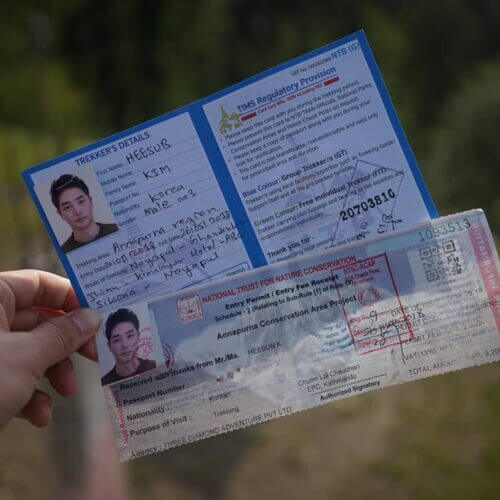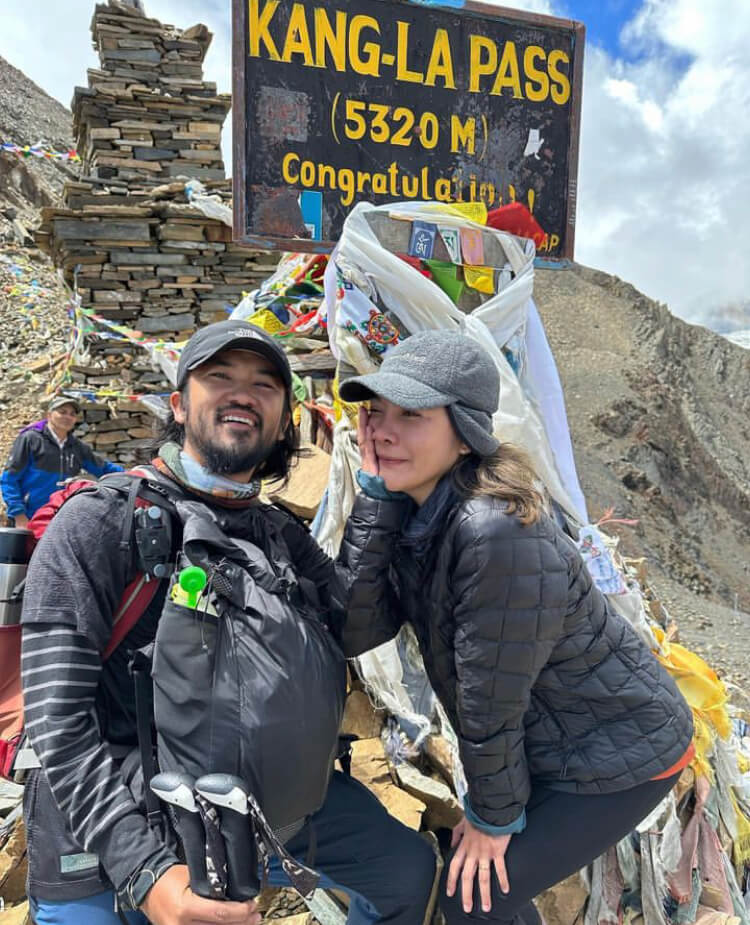Nar Phu Valley Trek Permit
Nar Phu Valley Trek Permit Overview
Nar Phu Valley Trek, which is also known as the Kang La Pass (5320 m) trek, is situated in the heart of the Annapurna Conservation Area. This famous trekking destination is renowned for the breathtaking beauty of Annapurna, Manaslu, and Dhaulagiri, and several other mountain peaks.
Numerous nature enthusiasts, hikers, and explorers visit this area annually to take in the amazing topography. The Nar Phu Valley journey takes you to the incredible Nar and Phu villages. However, you will need two permits to enter this Nar And Phu Village – an Annapurna Conservation Area Permit (ACAP) and a Special Restricted Area Permit.
Annapurna Conservation Area Permit (ACAP)

The ACAP is mandatory for all trekkers in the Annapurna region, including Nar Phu Valley. The permit price for ACAP varies depending on your nationality.
For SAARC countries(Bangladesh, Bhutan, India, Maldives, Pakistan, and Sri Lanka), the price of an ACAP permit is NPR 1,000 (around USD 8). For other foreign nationals, the cost of the ACAP is NPR 3,000 (around USD 25).
Where can I get an Annapurna Conservation Area Permit (ACAP)?
Trekkers can obtain the ACAP permit from the Nepal Tourism Board office in Kathmandu or Pokhara. This is their website: https://ntb.gov.np.
Nar Phu Valley Trek Special Restricted Area Permit
Obtaining the Nar Phu Valley Special Permit is essential to enter this beautiful region. The cost of the special permit varies according to the trekking season and the number of days on the itinerary.
December through August: For the first seven days, each individual must pay USD 75; after that, there will be an extra USD 15 fee per person per day if they are in the restricted area alone.
September through November: From the first seven days, each individual must pay USD 100; beyond eight days, there will be an extra daily fee of USD 15 if they are in the restricted area only.
Please keep in mind that you cannot obtain the special Nar Phu Valley Trek permit on your own; instead, you must go through a recognized trekking agency in Nepal. To make your Nar Phu Valley Trek adventure as stress-free as possible, Eco Nepal Trekkers provides you with these permits.
Documents That Are Required To Obtain The Nar Phu Valley Trek
- Original passport with Nepal entry visa and arrival stamp.
- Three passport-sized images (if you have one online passport photo, you will just need two printed ID photos).
- Travel insurance that provides emergency evacuation up to 6,000 meters.
- And money, of course.
Important Things to Know Before Applying for a Nar Phu Valley Trek Permit
- For the Nar Phu Valley Trek, you must engage at least one approved person from the local trekking agency, either a professional guide or a porter/guide with a valid license.
- Each group must have at least two individuals (excluding the guide and porter).
- You must apply for your special permit through an authorized local trekking service.
- A ghost permit allows for one hiker, but you must check with a local agency to see if they are capable of doing so.
Frequently Asked Questions (FAQs)
Do I need a Trekker’s Information Management System (TIMS) permit for the Nar Phu Valley Trek?
No, after you have the special restricted permit for the Nar Phu Valley trek, you are not required to obtain a TIMS Card.
Can I pay my Nar Phu Valley trek permit fees in US dollars, or do I require Nepali rupees?
To pay for Nar Phu Valley trekking permits, you must have Nepali rupees. Please keep in mind that Nepali rupees are the only currency accepted in the Annapurna region.
If I have a local guide with me, does he need an ACAP and a Nar Phu Valley Trek Special Restricted Area Permit?
Yes, your local guide will need both the ACAP and the Nar Phu Valley Trek Special Restricted Area Permit for trekking in the Nar Phu Valley.
Can I obtain the Nar Phu Valley Trek in advance from my home country?
No, you cannot obtain the Nar Phu Valley Trek Special Restricted Area Permit from your home country; you must enter Nepal and apply for it through a registered trekking agency.
From where can I obtain the Nar Phu Valley Trek Permit?
The ACAP permit can be obtained from the Nepal Tourism Board office in Kathmandu or Pokhara. The Nar Phu Valley Restricted Area Permit can only be obtained from the Department of Immigration. Please keep in mind that while you can obtain an ACAP permit on your own, obtaining a restricted permit requires you to go through a licensed trekking organization.


